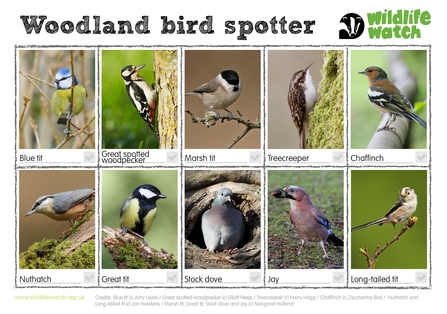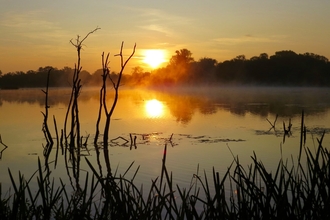Woodlands are truly amazing
Where else can you walk through a landscape of plants that weigh tons and are bigger than houses?

Woodland Trust / Niall Benvie
Why are woodlands important?
Woodlands take CO2 from the atmosphere helping to stop global warming! They also provide us with timber and wood, which are renewable resources with lots of uses. Best of all they are great for wildlife!
Types of woodland:
Ancient woodland - this is woodland that is known to have been present since at least 1600! Some plants are slow to colonise (that means to settle in an area). If they are spotted in a woodland then it is a good clue that the woodland is very old! These plants include wood anemone and enchanter’s nightshade.
Broad-leaved woodland - this is woodland that has trees that do not have needles. Instead, the trees have leaves that are broad and of different shapes. Most of these trees will be deciduous which means that they lose their leaves in the autumn.
Wet woodland - this is woodland that often has trees such as willows, birches and alder that thrive in poorly drained or seasonally flooded soils.
Caledonian forest - this is woodland that is mainly made up of Scots pine trees. Other trees might also grow here like birch, rowan and willow. You can only find Caledonian forests in Scotland.

Lianne de Mello
Did you know?
8,000 years ago much of Britain would have been forested. A great wild wood would have been home to wolves, bears, beavers and wild boar!
Wildlife to look out for
Birds
In woodland, make sure you look around carefully. There are often lots of birds, hiding in plain sight!
Minibeasts
Have you taken your magnifying glass to a woodland? You could find many species of snails, woodlice, beetles and butterflies.
All about trees! (https://www.youtube.com/watch?v=qaFLh6F_J9E)
Trees are so amazing! Join Laura from Essex Wildlife Trust and find out how they make food, how they grow and how they support a whole food chain!







